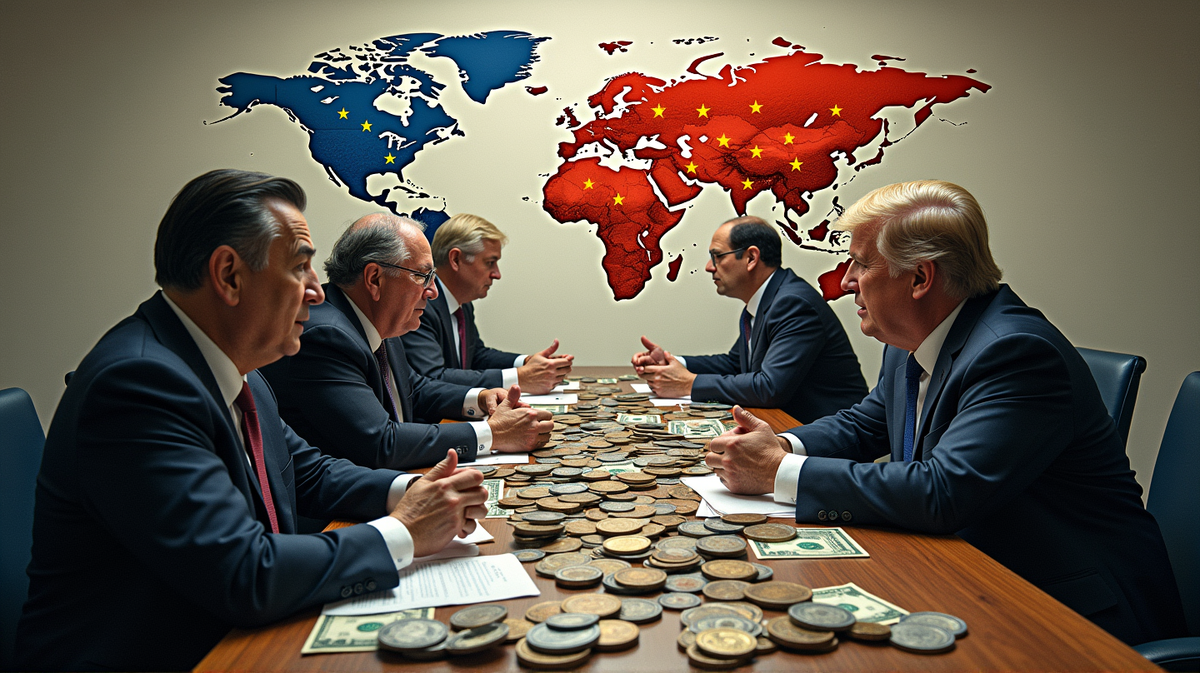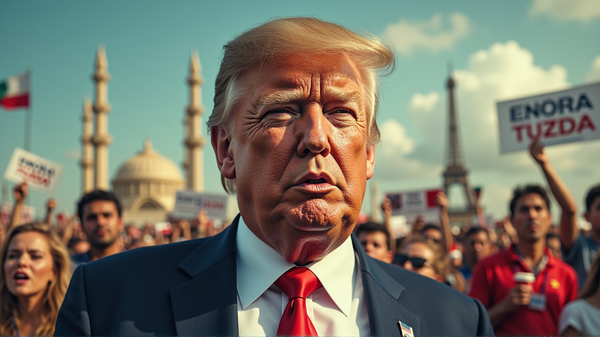Inside Trump's Tariff Formula: An Analytical Breakdown

In the world of global trade, where economics and politics intertwine, President Donald Trump’s administration unveiled a tariff policy that defied conventional reciprocity. Countries globally are re-evaluating their trade responses as Trump’s tariffs promise to reshape the landscape, especially given their unusual formulation.
The Unconventional Tariff Calculation
Reports have shown that Trump’s tariffs were anything but standard. Rather than a straightforward exchange rate, the initial plan relied on a formula targeting America’s trade deficits. The Wall Street Journal highlights that for many nations, a flat 10% was standard, but others saw additional levies due to their substantial trade surpluses with the US.
A Strategic Surplus Targeting
Mike O’Rourke from Jones Trading pointed out the strategy’s core aim: nations with large trade surpluses against America were under the administrative spotlight. Some tariffs reached up to 54% on Chinese goods and varied percentages for the EU and Japan. “These are indeed policies of surplus targeting,” emphasized O’Rourke, reshaping trade relationships by taking aggressive steps.
The Implications for India
A special mention goes to India, whose tariffs saw a minimal revision from 27% to 26%, effective April 9. This move places India in a unique position, given the US accounts for 18% of its total goods exports. Historically, India’s trade surplus with America has shown robust growth, with a notable $35.32 billion in 2023-24 alone.
Exports and Imports: The Numbers Game
2024 figures illustrate India’s export strength with pharmaceuticals and precious stones leading the charge, while imports are dominated by crude oil and diamonds. This trade pattern underscores a complex bilateral relationship prospering under mutual economic interests.
A Global Response
Trump’s unconventional tariffs open the floor for discourse on international trade equity, challenging the status quo. As countries mull over their strategic responses, this intricate web of trade decisions will resonate through economies worldwide, as reflected in CNN reports.
In wrapping up, understanding these tariffs requires delving into not just economics but international relations and policy maneuvers. The unfolding trade narrative will surely keep economists, policymakers, and global nations on their toes in the days to come. As stated in NDTV, these events are crucial to watch as the world navigates through the turbulence of trade wars.




